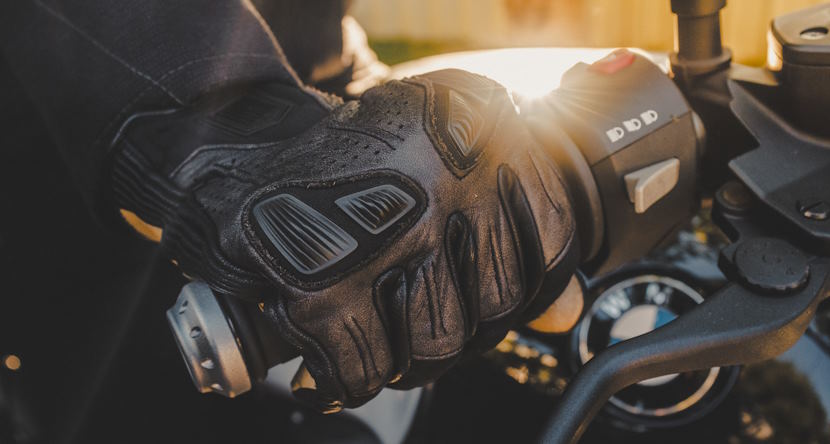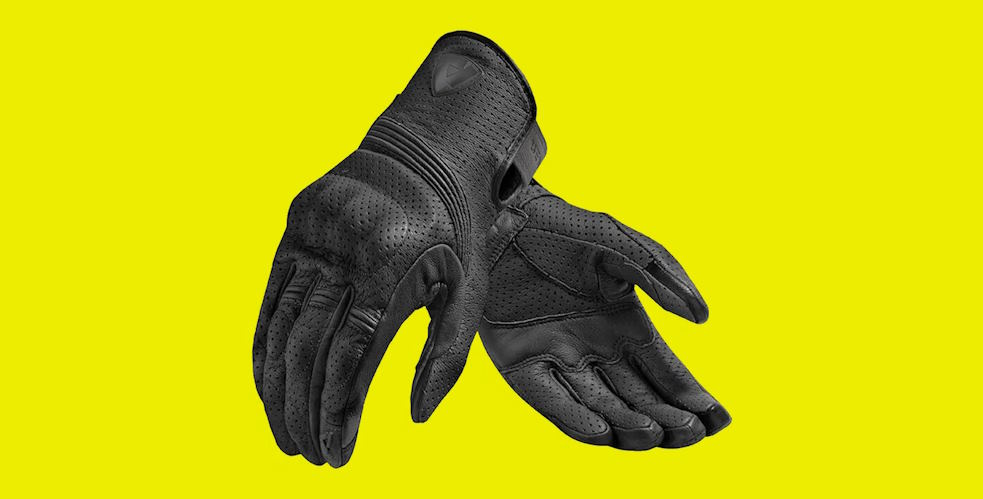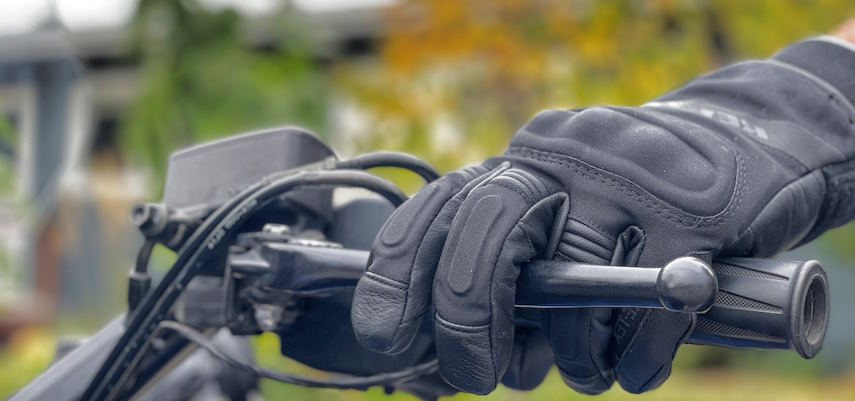
The Science of Motorcycle Gloves: Protection and Comfort Explained
- Published in: Equipment and Tools
- Permalink
Motorcycling is an exhilarating passion that beckons adventurers to the open road, offering an unparalleled sense of freedom and excitement. Yet, it’s a pursuit that demands respect for its inherent risks, where the right gear can mean the difference between an enjoyable ride and a perilous journey. Among the essential components of a motorcyclist’s armor, none plays a more intricate and multifaceted role than the humble motorcycle glove. Serving as both a protective barrier against the unforgiving asphalt and a conduit for tactile control, these gloves are more than just an accessory – they are a lifeline.
The Anatomy of Motorcycle Gloves
When you slip your hands into a pair of motorcycle gloves, you’re not just donning a stylish accessory – you’re equipping yourself with a meticulously crafted piece of protective gear. Understanding the anatomy of motorcycle gear is essential for riders who seek the perfect blend of safety and comfort. In this section, we’ll break down the key elements that make up these essential riding companions.
Materials used in motorcycle glove construction
- Leather: Traditional yet timeless, leather remains the go-to choice for many riders. Its natural abrasion resistance makes it ideal for protecting your hands in case of a spill. Quality leather gloves not only age gracefully but also offer an excellent grip and tactile feedback.
- Textile: Textile gloves have gained popularity due to their versatility. Constructed from materials like Cordura or Kevlar, they are lightweight and offer excellent flexibility. Textile gloves are often favored by touring and adventure riders for their breathability and weather-resistant properties.
- Synthetic materials: Modern motorcycle glove technology has ushered in a range of synthetic materials like mesh, neoprene, and microfiber. These materials provide unique benefits such as breathability, moisture-wicking, and enhanced durability.
Understanding glove layers
- Outer shell: The outer shell is the first line of defense against the elements and road hazards. It’s the part that takes the brunt of the impact during a fall. The choice of material for the outer shell greatly influences a glove’s protective capabilities.
- Impact protection: Beneath the outer shell lies impact protection features, such as hard knuckle protectors and reinforced palms. These elements absorb and distribute the force of impact, reducing the risk of hand injuries in accidents.
- Insulation and lining: Insulation and lining layers are responsible for keeping your hands warm and comfortable during rides. Depending on the intended use, gloves may have thermal insulation for cold weather or moisture-wicking properties for hot, sweaty conditions.
The Balance Between Protection and Comfort
As any seasoned motorcyclist will tell you, finding the perfect pair of gloves isn’t just about style – it’s about striking that delicate balance between protection and comfort. In this section, we explore how to navigate this fine line.
Finding the right glove for your riding style
Sport vs. Touring vs. Cruiser Gloves: Motorcycle gloves aren’t one-size-fits-all. Different riding styles demand different features. Sport gloves prioritize grip and control, often featuring a pre-curved shape for aggressive riding. Touring gloves focus on comfort and durability for long journeys, while cruiser gloves lean towards classic aesthetics with added protection.
Customization options
- Adjusting Fit with Closures: One size doesn’t fit all, and that’s where closures come into play. Gloves with adjustable closures, like Velcro straps or buckles, allow you to fine-tune the fit. A snug fit ensures better control and minimizes distractions.
- Adding Aftermarket Armor: Many gloves offer the option to upgrade with aftermarket armor. This allows you to bolster protection where you need it most. Whether it’s adding palm sliders or knuckle protectors, customization lets you tailor your gloves to your specific safety needs.
Maintenance and Care
- Cleaning and Conditioning Leather Gloves: Leather gloves require special care to maintain their longevity and suppleness. Regularly clean off dirt and grime with a damp cloth, and use leather-specific conditioners to keep the material soft and resistant to cracking.
- Washing Textile Gloves: Textile gloves are more forgiving when it comes to cleaning. They can usually be machine washed, but always refer to the manufacturer’s care instructions. Proper maintenance not only extends the life of your gloves but also ensures they continue to offer the protection and comfort you rely on.
Technological Advancements in Motorcycle Gloves
The world of motorcycling is constantly evolving, and so too are the technologies that enhance the safety and comfort of riders. In this section, we’ll explore some of the exciting technological advancements that have made their way into motorcycle gloves.
Smart Glove Technology
- Integration with Communication Systems: In an age where connectivity is king, smart gloves have emerged to keep riders in touch with the outside world while on the road. These gloves often feature touch-sensitive fingertips that allow riders to use their smartphones and integrated systems for communication and navigation without removing their gloves.
- Electronic Heating Elements: Riding in cold weather can be a chilly affair, but electronic heating elements built into gloves are changing that. These elements generate warmth to keep hands cozy, even in the harshest winter conditions, allowing riders to extend their riding seasons.
Impact of Materials Science
- Development of Advanced Protective Materials: Materials science has brought forth a new era of motorcycle glove protection. High-tech materials like carbon fiber and advanced polymers are now being integrated into glove designs to enhance impact resistance while keeping gloves lightweight and flexible.
- Lightweight and Durable Alternatives: Traditional leather gloves are facing competition from lightweight yet durable alternatives. Textiles with advanced coatings provide impressive abrasion resistance, and synthetic leather materials offer improved longevity without sacrificing comfort.
Future Trends in Motorcycle Glove Design
- Enhanced Safety Features: The future of motorcycle gloves holds even greater safety enhancements. We can expect to see innovations like airbag systems integrated into gloves to minimize the risk of hand injuries during accidents.
- Sustainable Materials: As environmental consciousness grows, the motorcycle industry is also moving towards sustainable materials. Future gloves may incorporate eco-friendly fabrics and processes, aligning with riders’ desires for responsible choices.


